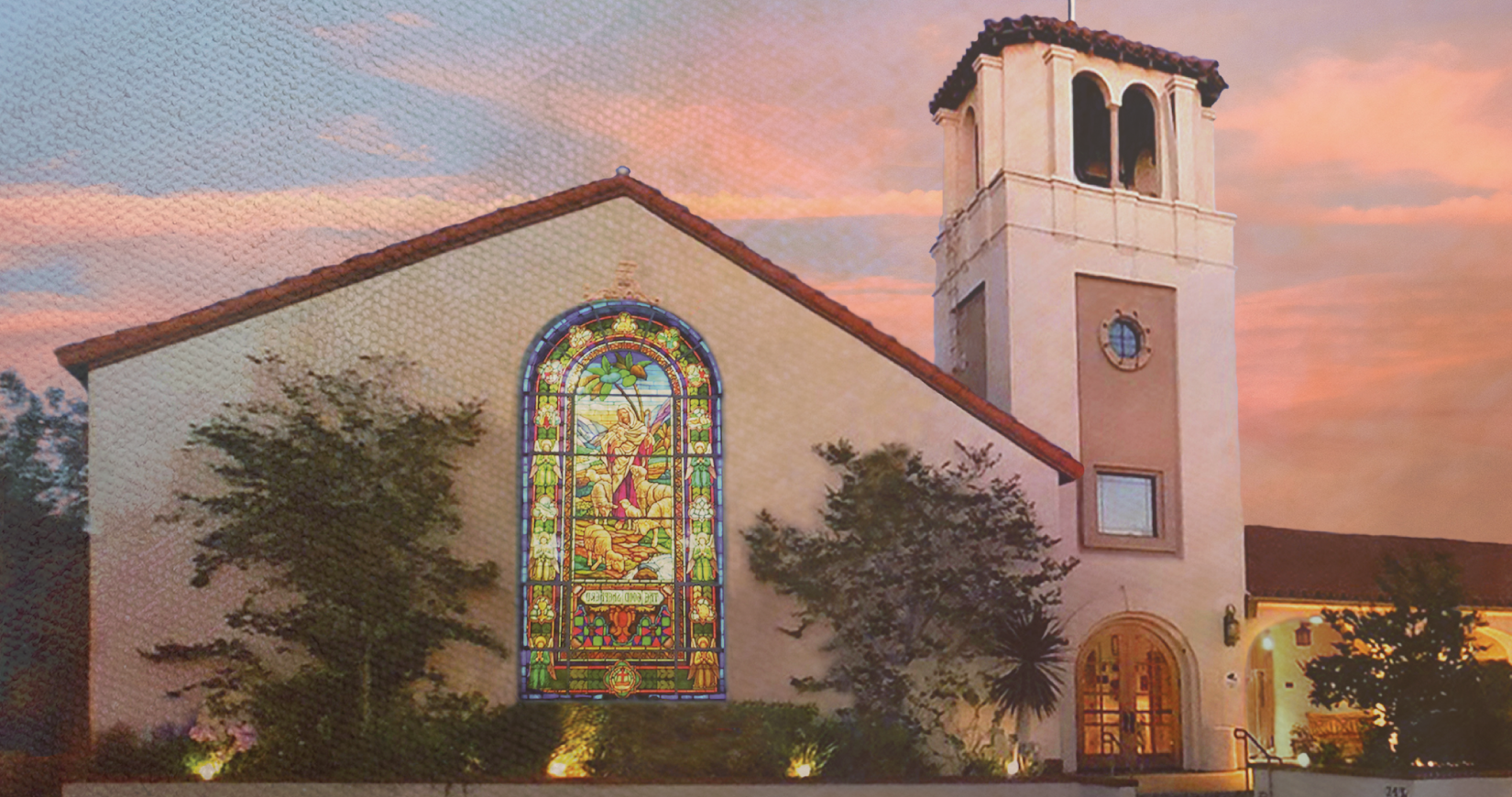
The story of
God and us
2nd Peter (1) Acts (7) Genesis (2) Hebrews (1) Isaiah (1) Jeremiah (1) Job (1) John (4) Jonah (1) Luke (9) Mark (1) Matthew (3) Newsletters (1) Ruth (2)
-

All things new
Luke 24.1-12
Read more: All things newMany days I’ll wrap up my day job and drive over to the church so I can work on my sermon with the joyous applause of alcoholics and children of alcoholics and addicts and debtors and gamblers celebrating recovery in the background. And if I’m really lucky, once or twice a week, one of the…
-

And the calm will be the better
Matthew 14.22-33
Read more: And the calm will be the betterThey go out on the water, and a wild storm comes. The disciples are overwhelmed, by the storm, meanwhile, Jesus decides that rather than sleeping on the mountain when he’s done praying, he’ll just walk across the water, as one does, to join his friends on the sea. And during the fourth watch of the…
-

Hope is the thing with feathers
Mark 2-4
Read more: Hope is the thing with feathersIn the five pericopes we read—the five little chunks of scripture—we saw Jesus’ interactions with the disciples, with the people of Israel, and with foreigners—and at times, his interactions are puzzling. But after spending the last week meditating on this, I think there’s a common thread here: Jesus invites everyone around to listen for, or…
